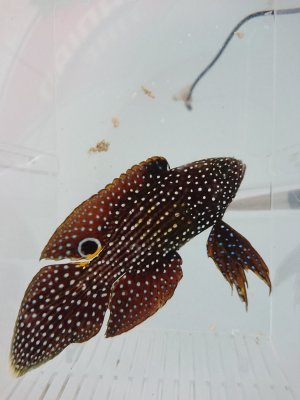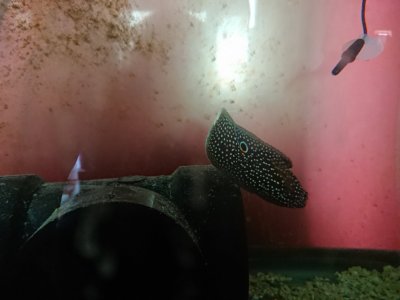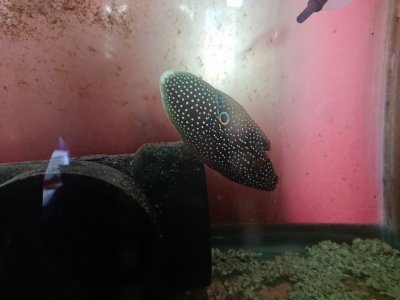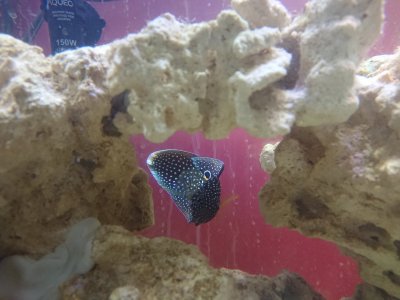In many cases, it can be used. However, it works best with benthic spawners (fish that put their eggs on a surface) and mouth breeders and generally best with larger species.In species of fish that do not display sexual dimorphism, can the gentian check be a reliable way to tell male from female??
I tried so far unsuccessfully to find a significant difference with firefish (Nematelotris species).
It may also not work too well with species that can change sex bidirectionally (many gobies, dottybacks, hawkfish,...)























